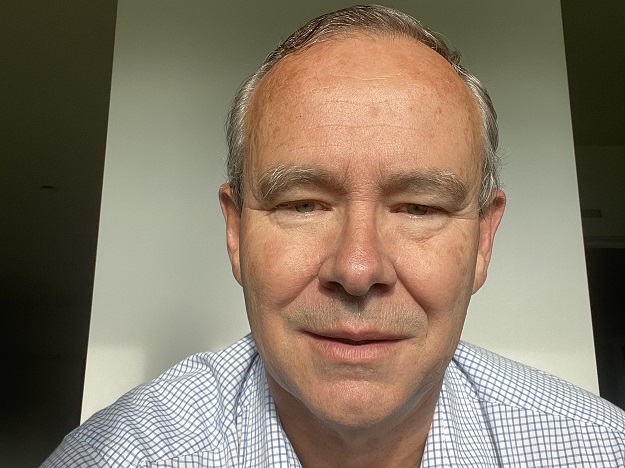
Graeme Hooper, Senior Engineer and MD, GPSat Systems
In our new Leaders Forum, we ask experts to look ahead into 2022. Today we talk GNSS with Graeme Hooper.
Graeme Hooper is Senior Engineer and Managing Director of GPSat Systems, a company that delivers complex technology GNSS and RF engineering solutions for the defence, aerospace, mining and other sectors. The company is both an engineering consultancy and a GNSS OEM manufacturer.
Which technologies will revolutionise the surveying, space or spatial sectors in 2022?
Clearly, as the modern internet races towards creation of future metaverses, the spatial industry’s contribution will be to meet the demand for high-fidelity 3D digital twins for both static cities and 3D scaled models for movable objects/avatars (machines, people etc). Ultimately, these will be all blended into real time, interactive (AR/VR) immersive 3D metaverse environments. The futuristic 3D immersive technologies imagined in the Avatar movie are not that far off. For navigation companies like GPSat, the challenges are to concurrently progress in both the underlying 3D navigation sensor resilience technologies, and the real time immersive navigation AI, which will reliably facilitate the future 3D metaverse implementations.
What’s on your wish list for 2022?
To facilitate this avatar future, the GNSS industry needs to adopt a different philosophical mindset with regards to technology resilience. Rather than solely focusing on enhanced receiver sensor technologies attempting to avoid RF interference, which is in some regards a pointless exercise, extra R&D should be applied to actively monitor and interdict regional GNSS spectrum issues. The required technologies, such as phased array radar, advanced weak signal processing and Time Difference of Arrival, etc, have existed for decades in other RF disciplines. However, other than the GRIFFIN project, none of these have ever been migrated across to GNSS spectrum protection missions. The wish is for this ‘do nothing’ GNSS spectrum policing mindset to change.
Which challenges or opportunities should the industry be focused on?
The early immersive navigation metaverse facilitators will certainly be those mission-critical GNSS users in aviation, mining, marine and agriculture, where the adoption advantages are hugely beneficial. Consequently, for these same users any GNSS navigation signal failures or interruptions produce potential outcomes that are usually quite dire. These clients are looking for practical solutions to both quickly detect GNSS signal issues and very accurately geolocate the RF interference source. With solutions like GRIFFIN, effective regional GNSS spectrum protection is now becoming reality. The challenge for the different GNSS industries is to both plan for and regionally deploy effective solutions that ruggedise Australian GNSS environments. For example, the huge nationwide mobile phone tower infrastructure could be progressively made dual-purpose with the addition of GRIFFIN-type technology.
What do you think your customers are looking for in 2022?
The rollout and push for automation in improved, safe and sustainable ways for delivering increases in productivity, while producing better outcomes for the environment, are their highest priorities. GNSS, as the most versatile outdoor navigation and absolute positioning system, has a very significant contribution and role to play in this area. However, with automation comes with very substantial legal responsibilities that require all systems to be developed and tested to the highest industrial safety integrity standards. For Australian industry, AS61508 or similar are the standards that govern the formal certification of GNSS sensors in machine automation safety critical applications. These are complex and very arduous standards to meet, and so, to move certified GNSS enabled automation solutions forwards, our customers expect all potential GNSS issues comprehensively addressed, including spectrum protection (ie. GRIFFIN).
What are your organisation’s priorities for 2022?
Our priorities for the past decade and for 2022 essentially remain unchanged, ie. continue to market bespoke navigation technology solutions in readiness for the future real-time navigation and positioning metaverse revolution. Our two flagship technologies — 3D Spatially Aware Machines (3D-SAM) and GNSS Rf InterFerence FINder (GRIFFIN) — will continue to be delivered to our customers and will continue to evolve. A slightly different priority will be the re-engagement of state regulatory authorities that govern industrial safety compliance, to facilitate pathways for formal GNSS sensor certification as a primary navigation solution in future machine-automation, safety critical applications. Also, the company will continue to seek external investment sources to globally grow these two unique technology markets.
This article was first published in issue 116 of Position magazine.
Stay up to date by getting stories like this delivered to your inbox.
Sign up to receive our free weekly Spatial Source newsletter.







